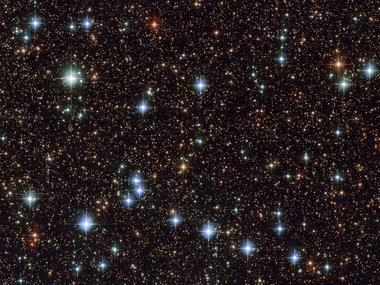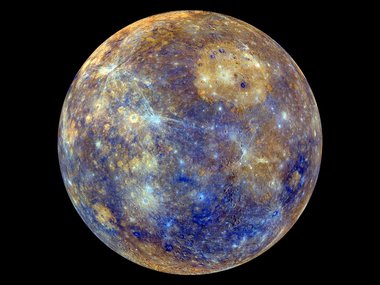What is your North Star? If you are reading this in 2025, it is Polaris. If you’re reading it in the year 14000, your guiding light may be Vega. Why? Because every 26,000 years, the Earth’s axis completes a revolution that causes what we identify as the North Star to change within our Earthly interpretation.
By “we,” we mean human kind. No one alive today has witnessed (or will witness) the next time a star bright and close enough to function as our North Star aligns over the polar axis. However, we’ve known about the phenomenon since it was discovered by the Greek astronomer Hipparchus around 130 BCE.
How do we keep track of this stellar fact? In part, thanks to the “census taker of the sky.” Annie Jump Cannon was born in Delaware in 1863. Cannon studied physics and astronomy at Wellesley College and was her class’ valedictorian. She pursued photography after graduation, but following the death of her mother—who inspired her initial scientific interest—she returned to research in the mid-1890s.
Cannon’s wide-ranging contributions to science include being part of a team of women known as “computers” who helped classify and catalogue the stars, including the North Star. Using her own research, Cannon published the Harvard spectral classification system, a resource still used to this day to group stars by temperature.
While Virginians will never witness Vega as the North Star in their lifetimes, they will have the opportunity to experience an artistic inspiration of the two scientific contributors this fall.
Artist George Ferrandi learned of Hipparchus and Cannon’s research and was motivated to capture both scientists’ efforts through an initiative called Jump!Star that works with communities to develop new cultural customs to welcome the next North Star. One of those customs involves sculptures representing future North Stars that are informed by research Ferrandi did in Japan. The paper and wire structures are produced using a traditional parade sculpture process called Nebuta.
“When I first came across the Nebuta Matsuri Festival, it was similar to my experience seeing the Milky Way,” said Ferrandi. “I was struck, and so I applied for a grant to research the [artistic] process. It’s lightweight and it illuminates in a way that has a wow factor after dark that is incomparable.”
Super!Giant!Jump!Star! consists of 11 illuminated paper North Star sculptures ranging in size from 7–50 feet. One sculpture, representing Iota Cephei, is being constructed in Richmond this summer. It has five towers, each of which are 12–16 feet tall.
These will be displayed at the InLight festival in Richmond this October, where Ferrandi’s work will take center stage, illuminated and accompanied by the premiere of Jherek Biscoff's score written for Jump!Star, performed by the Richmond Symphony.
The Jump!Star! name celebrates not only Cannon’s research, but also her perseverance as a woman scientist in the late 19th century.
“I named the project in honor of Annie Jump Cannon because she was such an extraordinary person,” said Ferrandi. “At a time when women weren’t given many professional opportunities, she was an astronomer at Harvard. She established our stellar classification system, which is still in use today, and she classified close to half a million stars—more stars than any other person ever in existence. And she was deaf. She was truly remarkable.”
In addition to helping people learn about Cannon’s work, Ferrandi’s InLight display highlights how art can be an illuminating way to tell the story of science.
“We call this community-facing art—social practice—and social practice has the possibility of incorporating all sorts of facets of us as a culture,” said Ferrandi. “Science is one of those ways we can draw from what is known as well as what is imagined, bringing them together into something that speaks to who we are now.”


